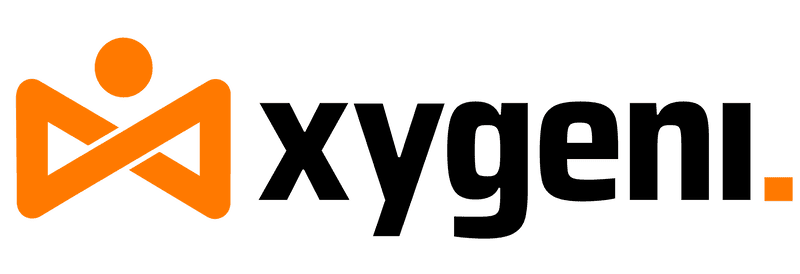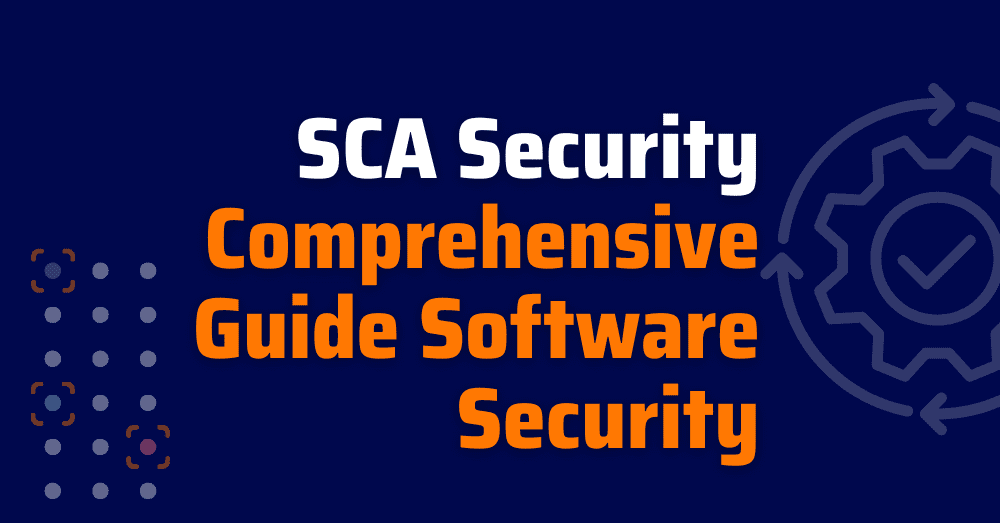Open-source software is increasingly becoming an essential part of modern applications; therefore, SCA Security has become more important than ever. Though open source brings unparalleled agility and creativity in modules, it also exposes to vast risks. For instance, hackers are now more focused on weaknesses within open source codes as a back door into your system. That’s why Software Composition Analysis (SCA security) is necessary.
This involves using SCA tools to identify vulnerabilities that may be present in open-source components, thus helping you safeguard the software and your entire business from various possible dangers. When you put SCA security first, it becomes easier for your applications to be strong enough and compliant with cyber threats that are evolving every day.
What is SCA Security?
Software Composition Analysis (SCA) is the process of examining an application’s code to identify the open-source components it uses. SCA tools then assess these components for vulnerabilities, outdated versions, and licensing compliance issues.
SCA security is the proactive approach of using SCA to protect software from risks associated with open-source components. By identifying and addressing these risks early in the development process, organizations can significantly improve the security and reliability of their software.
Why SCA Security Matters
Open-source software has become the foundation of today’s software development. However, it also carries inherent dangers.
Several studies published recently have shown that nearly 75% of codebases contain vulnerable components. This may expose organizations to potential breaches, regulatory non-compliance, and financial losses. As described in our glossary, understanding and managing vulnerabilities is essential to maintaining safe and compliant software systems.
It is important to note that the NIST Cybersecurity Framework places SCA Security at the forefront of detecting and remediating software vulnerabilities. This ensures that organizations can effectively safeguard their most important assets.
Experts recommend managing software components carefully. This helps lower the risk of supply chain attacks. They advise following best practices from organizations like the CISA – Cybersecurity and Infrastructure Security Agency.
Why You Need SCA Security
- Prevents Exploits: Software Composition Analysis detects and eliminates vulnerabilities before attackers can exploit them.
- Ensures Compliance: It keeps you clear of any legal and monetary consequences by just complying with open-source licenses.
- Protects Reputation: It considerably reduces the potential for a breach incident, as such events seem to slander organizational reputation.
- Enhances Trust: It shows a serious concern for security towards clients and other stakeholders.
Key Components of Effective SCA Security
Vulnerability Management:
SCA Security tools are vital for identifying vulnerabilities within OSS components. They integrate with databases such as the National Vulnerability Database (NVD) and other extended databases to provide comprehensive coverage. This integration promptly identifies vulnerabilities, allowing organizations to address them before exploitation.
License Compliance:
In addition, open-source elements are subject to multiple licensing terms. Neglect of compliance with any such license may result in a good number of legal issues. Accordingly, SCA Security tools assist organizations in managing licensing. They ensure that all components comply with legal requirements and organizational decrees.
Malware Detection:
Due to recent sophisticated malware attacks, SCA tools are now equipped to detect malware-laden code in various free or open-source software packages. Recently, state-of-the-art SCA tools, like Xygeni, include real-time analysis that blocks malicious packages before they enter the software supply chain.
SBOM
This is all part of generating an important part of SCA. Generating an SBOM is a crucial part of SCA Security. It is a bill of materials that provides detailed information about the software components in use, offering transparency and supporting better security management. Additionally, SBOMs serve as an access point for compliance and can enhance the overall security posture of an application.
Challenges in Implementing SCA Security
While SCA Security tools deliver a lot of value, nevertheless, there are also challenges related to their implementation. Understanding challenges and solutions is crucial for maximizing SCA in your security plan.
- Integration Complexity: Integrating SCA tools into existing CI/CD pipelines can be complex and time-consuming, requiring significant adjustments to workflows.
- False Positives: SCA tools may generate false positives, leading to unnecessary investigations and potential delays in development.
- Keeping Up with Updates: Constant updates to open-source libraries make it difficult to track the latest vulnerabilities.
- Lack of Expertise: Many organizations lack the in-house expertise needed to effectively manage and interpret SCA results.
Best Practices for Effective SCA Security
To maximize the effectiveness of your SCA efforts, consider the following best practices:
- Early Integration: Use SCA Security tools early in development. This helps you find and fix vulnerabilities. Addressing them early makes it easier to remove them from the code.
- Continuous Monitoring: Regularly scan your codebase for new vulnerabilities and license issues, even after deployment.
- Cross-Team Collaboration: Encourage collaboration between development, security, and legal teams to address issues holistically.
- Prioritize Risks: Focus on high-risk vulnerabilities and critical components that are essential to your application’s functionality.
- Automate Compliance Checks: Automating SBOM creation and review helps maintain compliance with industry standards and regulations, such as NIST SP 800-204C.
- Continuous Monitoring: Implementing continuous monitoring of OSS components is crucial for maintaining security. This involves managing vulnerabilities and finding old or unsupported parts that could create security risks.
Enhancing SCA Security with Xygeni
Xygeni purposefully designed its SCA Security solution to address the major challenges organizations face when implementing Software Composition Analysis. By offering a comprehensive, proactive approach, Xygeni SCA Solution ensures that security is an integral part of the software development lifecycle, from inception to deployment. Here’s how Xygeni makes a difference:
Comprehensive Vulnerability Detection
Xygeni’s SCA tool delivers extensive coverage, identifying vulnerabilities in both well-known and lesser-known open-source components. In addition, it accesses extensive databases beyond traditional CVEs, identifying zero-day and emerging threats that others might miss.
Given the rising frequency of supply chain attacks, Xygeni’s capabilities identify all potential threats, creating a more secure and resilient development environment.
Advanced Malware Detection and Quarantine
Xygeni includes real-time scanning for malware, therefore immediately quarantining any suspicious components before they can enter your development environment. This approach aligns with NIST guidelines on proactive threat detection and response.
By preventing malware from infiltrating your software supply chain, Xygeni significantly reduces the risk of successful supply chain attacks, thereby ensuring compliance with key security standards.
Regulatory Compliance with SBOM and VDR Generation
Xygeni SCA Security tools supports the generation of Software Bill of Materials (SBOM) and Vulnerability Disclosure Reports (VDRs), critical for meeting regulatory requirements under frameworks like the EU’s Digital Operational Resilience Act (DORA) and NIS2.
Consequently, these tools provide essential transparency into software components, ensuring that organizations can meet stringent cybersecurity regulations and demonstrate compliance effortlessly.
Context-Aware Risk Prioritization
Xygeni SCA Security Solution prioritizes vulnerabilities by considering severity, exploitability, and business impact, therefore ensuring your security teams focus on the most critical issues first.
By directing resources to the most impactful vulnerabilities, Xygeni optimizes security efforts, enhancing overall protection.
Seamless Integration into CI/CD Pipelines
Xygeni integrates smoothly into existing CI/CD pipelines, automating security scans and enforcing security gates without disrupting development workflows.
As a result, continuous security enforcement is essential for catching vulnerabilities early, thereby supporting secure DevSecOps practices and maintaining the pace of development.
Conclusion – Do you need SCA Security?
Security of open-source components is no longer an option; instead, it is a requirement. Xygeni’s SCA Security tools solve important problems in using SCA.
It gives clients the tools they need to keep their software supply chain safe and compliant. This will help protect your applications from new threats. It will also ensure you meet strict cybersecurity standards when adding Xygeni to your DevOps process.
Ready to harden your software supply chain and protect it from growing threats?
Book a demo or Try it for Free Now and Future-proof your security!

